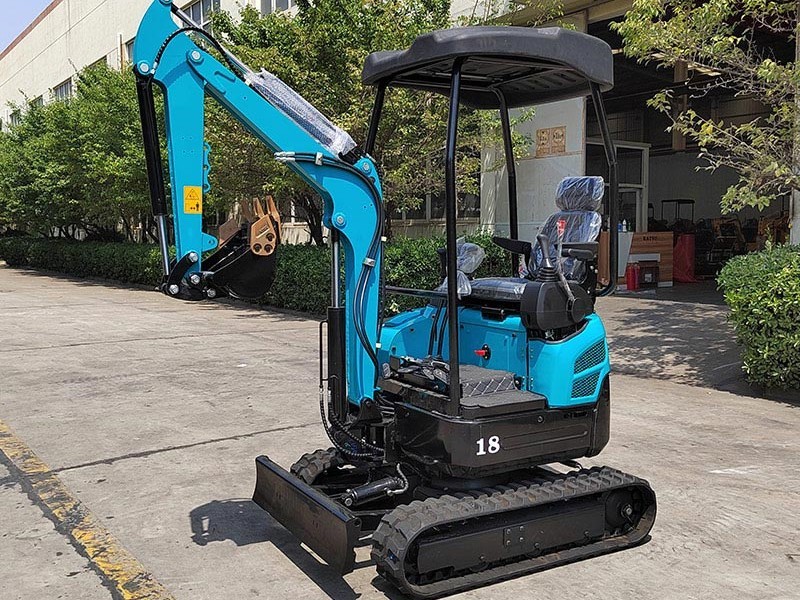Mini excavators,also known as compact excavators,are versatile machines commonly used in construction,landscaping,and utility work.These compact machines are designed to perform a variety of excavation tasks,including digging trenches,foundations,and holes.The maximum digging depth of a mini excavator depends on several factors,including the model,size,and attachments used.Typically,mini excavators have a digging depth ranging from 5 to 15 feet,with some larger models capable of reaching depths of up to 20 feet or more.The digging depth of a mini excavator is determined by the length of its boom and arm,as well as the hydraulic power and reach capacity of the machine.
Mini excavators are equipped with hydraulic systems that power the movement of the boom,arm,and bucket.The hydraulic system enables the excavator to dig with precision and control,allowing operators to reach the desired depth while maintaining stability and balance.The design of the mini excavator's boom and arm allows for efficient digging in confined spaces and tight areas,making it suitable for various excavation projects.
In addition to the digging depth,mini excavators also have a maximum reach capacity,which determines how far the excavator's arm can extend horizontally.The reach capacity is an important consideration when selecting a mini excavator for a specific project,as it determines the machine's ability to access and excavate hard-to-reach areas.
The versatility of mini excavators makes them valuable assets in construction and landscaping projects.Their compact size and maneuverability allow them to navigate through narrow spaces and work in confined areas,making them ideal for urban construction sites and residential projects.Mini excavators are also commonly used in utility work,such as laying pipes,cables,and conduits,where precise digging and trenching are required.
The digging depth of a mini excavator is also influenced by the type of soil and terrain it is operating in.Different soil types,such as clay,sand,gravel,and rock,can affect the excavation process and the depth that can be reached.In rocky terrain,mini excavators may require specialized attachments,such as rock buckets or hydraulic breakers,to effectively dig through hard surfaces and reach the desired depth.
When operating a mini excavator,it is essential to consider factors such as soil conditions,slope stability,and underground utilities to ensure safe and efficient excavation.Proper training and certification for operating a mini excavator are important to prevent accidents and ensure the machine is used effectively and responsibly.
In summary,mini excavators have a digging depth ranging from 5 to 15 feet,with larger models capable of reaching depths of up to 20 feet or more.The digging depth is determined by the length of the boom and arm,as well as the hydraulic power and reach capacity of the machine.Mini excavators are versatile machines suitable for a wide range of excavation projects,offering precise digging capabilities in confined spaces and challenging terrains.
